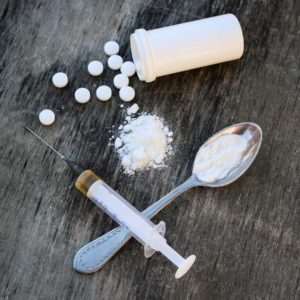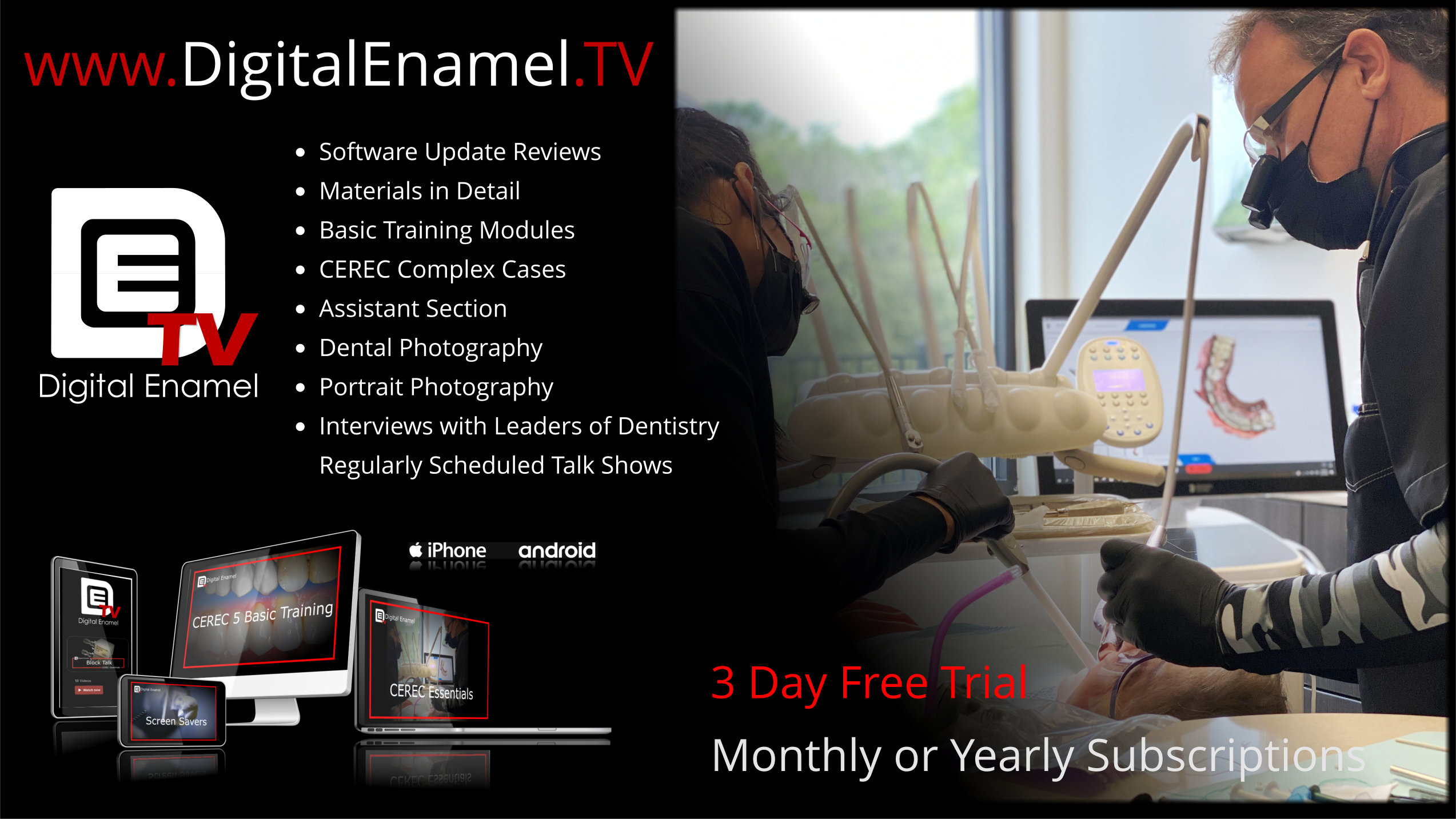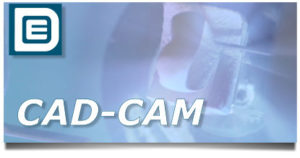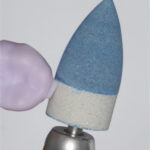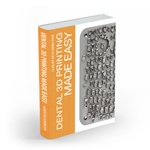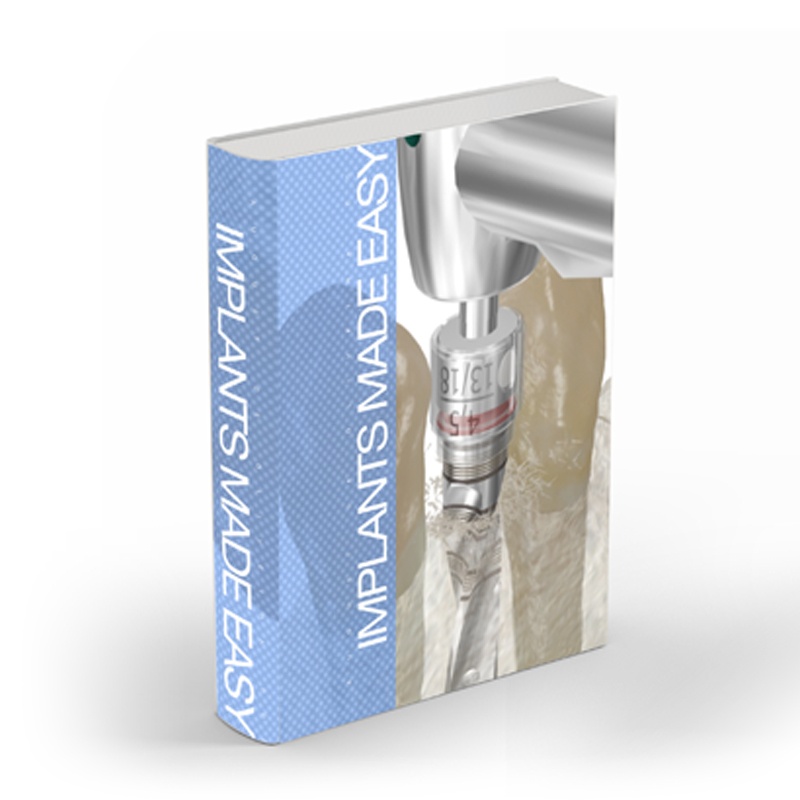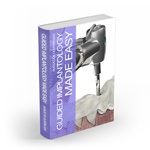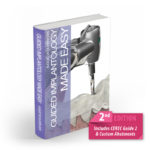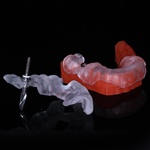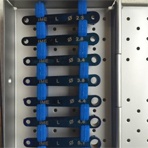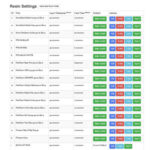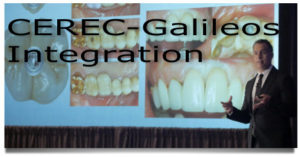(This is Part 2 of a 2 Part series)

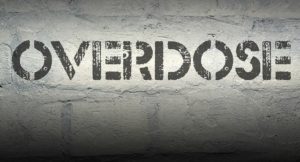
Facts About Heroin
- In 2015, the typical heroin addict is 1) a white male between 18-25 years old, 2) lives in the suburbs, 3) has an income less than $20,000, 4) has Medicaid, and 5) found penetrating colleges, universities, and professional schools (DDS, MD) rapidly.
- 4 out of 5 heroin addicts say they came to the drug from prescription painkillers.
- There has been a 400% increase in heroin addiction from 2002-2013 in U. S. suburbs (representing 300,000 people), with more than 8,200 deaths in 2013 mainly due to switching from opioid painkillers to cheaper heroin. Interestingly, most of these fatal overdoses involved other drugs at the same time, most often cocaine.
- Due to easier access, being less expensive, plus the increase in prescriptions drug users, more people are getting addicted. On the street, hydrocodone would bring $25-30/pill, whereas heroin could sell for $5/bag. Thus, heroin is 5-6 times cheaper than hydrocodone and more potent.
- People who abused opioid painkillers were 40 times more likely to abuse heroin.

- Over 4 million people in U.S. have tried heroin and 25% of those get addicted.
- Amongst women, heroin addiction has doubled and amongst men it has gone up 50%, while deaths are up 400% from 2002 to 2013.
- Heroin use more than doubled among young adults ages 18-25 in the past decade.
- More than 9 in 10 people who used heroin also used at least one other drug.
- 45% of people who used heroin were also addicted to prescription opioid painkillers.
Since the medical community has started to become aware of the potential narcotic abuse situation and has implemented security measures, such as 1) using Prescription Drug Monitoring Programs (PDMP) to locate patients who abuse narcotics, 2) securing all handwritten prescription pads and start using password-protected computer generated prescriptions, and 3) recognizing the inability to prescribe hydrocodone over the phone since it has gone from a Scheduled III to a II drug, the person abusing or addicted to opiates/opioids are now being forced to find other sources for the drug. Thus, heroin has become a viable, convenient, and cheap alternative. Many narcotic abusers and addicts say it is easier today to get heroin than to get a prescription for a painkiller from a doctor, due to increased doctor awareness of abuse. One may say, “I may be a hydrocodone pill addict, but no matter how difficult it becomes to get, I would never stick a needle in my arm or smoke heroin”. Really? We know that an abuser or addict will go to any length to get high, even if that means sticking a needle into one’s arm or smoking it!
In summary, the dental profession must not add to the over-prescribing of opioid painkillers that is found in the current healthcare environment. Dentists prescribe about 1-1.5 Billion dosage units (pills) of narcotics in the U. S. to patients which represents about 12.5% of the total opioid doses by all prescribers in the U.S. per year (2015). This may not sound like a major issue but when you consider that in 2015 U. S. dentists prescribed about 200 million opioid dosage units for post-op 3rd molar surgery and only 50% (100 million opioid dosage units) were actually used by patients, it becomes significant. The 100 million opioid dosage units that were not used by the patient represents a staggering amount of dosages that are free to be used by someone else, stolen, sold, or given to friends and family for potential misuse. We need to do our role in reducing the amount we prescribe to help decrease the possibility for diversion. We must find alternatives for pain relief when practical and not prescribe narcotics as a “knee-jerk-reaction” for all anticipated dental discomfort. Dentists treat mainly acute pain caused by inflammation. NSAID’s and Acetaminophen in combination (400 mg Ibuprofen and 1,000 Acetaminophen taken together every 6 hours for one to two days) have been shown to be comparable or superior to Tylenol with codeine for relief of post-surgical pain, assuming no contraindications to their usage (see Daniels, et.al., Pain, 2011). We need to take a thorough medication history to assure patients aren’t taking other medicines with Acetaminophen and Ibuprofen that may place a patient in danger of overdose if we prescribe our post-op pain dosages of Acetaminophen and Ibuprofen. Some reports of liver toxicity have occurred in 48 hours from too much Acetaminophen (>4,000 mg/day). If you suspect possible Acetaminophen liver toxicity potential, you may consider giving 600 mg Ibuprofen and 500 mg Acetaminophen every 6 hours for one to two days. Also, we must never forget one of the best natural intraoral agents to relief pain: Ice chips. Ice can have a local anesthetic effect that can help diminish the need for stronger narcotics.
When a narcotic painkiller must be used, we should remember that we treat, in general, acute pain and not chronic pain. We should consider prescribing a narcotic for a maximum of 2-3 days to relieve post-op pain, knowing that a majority of post-op dental pain is mild to moderate, not severe. If dental pain persists longer than 3-4 days, the situation must be clinically re-evaluated to make sure that something else is not going on.
We are fortunate in dentistry, since we rarely deal with severe post-op pain, to be able to control pain without narcotics. We have a responsibility to our patients ethically (“do no harm”) to not unnecessarily expose them to over-prescribing narcotics and adding to the potential for abuse, addiction, and possibly placing them at risk for future heroin-seeking behavior.
